
Strychnine is a very strong and dangerous poison that is often added to baits for killing rats, moles, gophers, and other rodents or unwanted predators. Having a very short duration of action, the clinical symptoms of strychnine poisoning typically appear within ten minutes to two hours after ingestion, resulting in sudden death.
Patients often will die due to spasming of the muscles involved in respiration, resulting in strangulation. Cats of all ages are equally susceptible to the adverse effects of strychnine.
The following are some of the symptoms of strychnine poisoning:
Treatment for strychnine poisoning needs to be given immediately. As much as possible, you will need to give your veterinarian a thorough history of your cat's health, onset of symptoms, and possible incidents that might have preceded this condition.
If you know or suspect that your cat was exposed to poison and you can gather a sample of vomit or feces to take to your veterinarian for immediate laboratory analysis, your doctor will be better able to treat your cat quickly and effectively.
Blood samples will be taken for testing, as poison can cause a number of system failures and imbalances, and treatment will be based on the specific conditions, with the most serious being being given primary attention. Routine laboratory tests will include a complete blood count, biochemistry profile, and urinalysis. The biochemistry profile may indicate an abnormal rise in the levels of enzymes called creatine kinase and lactate dehydrogenase, and the urinalysis may show high levels of the protein myglobin (myglobinuria). A blood sample will also be submitted for determination of blood gases, which are often at abnormal levels due to respiratory muscle spasms. Your veterinarian may also take samples of the stomach contents for analysis and/or to determine if any damage has taken place in the stomach lining.
This is an emergency and your cat will require immediate treatment. It cannot be treated at home. If you suspect that your cat is unwell because of exposure to bait or any other material containing strychnine - which may be suspected based on the presence of baits in your neighborhood, or following a visual confirmation that your cat has recently bitten into and possibly digested a caught rodent or bird (which may have itself eaten from a poison bait) - you will need to seek medical attention before the condition becomes dire.
The primary goal of emergency treatment is to prevent strangulation due to spasms of the respiratory muscles, a side effect that is characteristic of this condition. Artificial respiration will be required if your cat is not able to breathe normally. Your veterinarian will also give medications for reducing muscle activity in the hope of avoiding the muscle spasms that make breathing difficult.
Once your cat has been admitted for treatment of strychnine toxicity, it will be placed in a quiet and dimly lit room, as any external stimulus such as noise or bright light can initiate seizures in these animals. Your veterinarian will decontaminate your cat's digestive system by performing a lavage of the stomach, giving plenty of intravenous fluids, and administering drugs that will encourage urination so that the poison is removed from the body as quickly and effectively as possible.
In some patients, vomiting may also be induced to remove the poison from the stomach, especially if the ingestion of the poison is witnessed firsthand and the cat can be taken to the animal clinic immediately. Drugs can be given by mouth to bind and neutralize the toxic substances, making them inactive. Drugs to control seizures are also employed, as seizures are the most common problem in patients with strychnine poisoning.
The overall prognosis will depend on the time factor. If treatment is started soon after the ingestion, a favorable outcome can be expected. Controlling the seizures is the most important factor in estimating the prognosis, so if seizures have been controlled, there is a good chance your cat can recover. After the initial treatment, you may need to revisit your veterinarian a few more times to evaluate the overall health of your cat and to make sure that there has not been any permanent damage to the nervous system, kidneys, or any other organs.
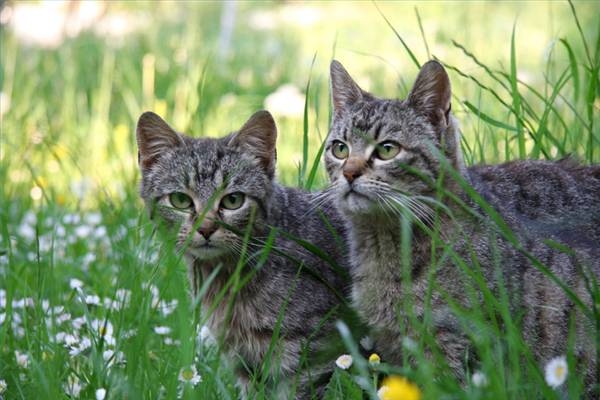 Plants That Are Used to Repel Cats
Plants That Are Used to Repel Cats
Pla
Plants That Are Used to Repel Cats
Plants That Are Used to Repel Cats
Pla
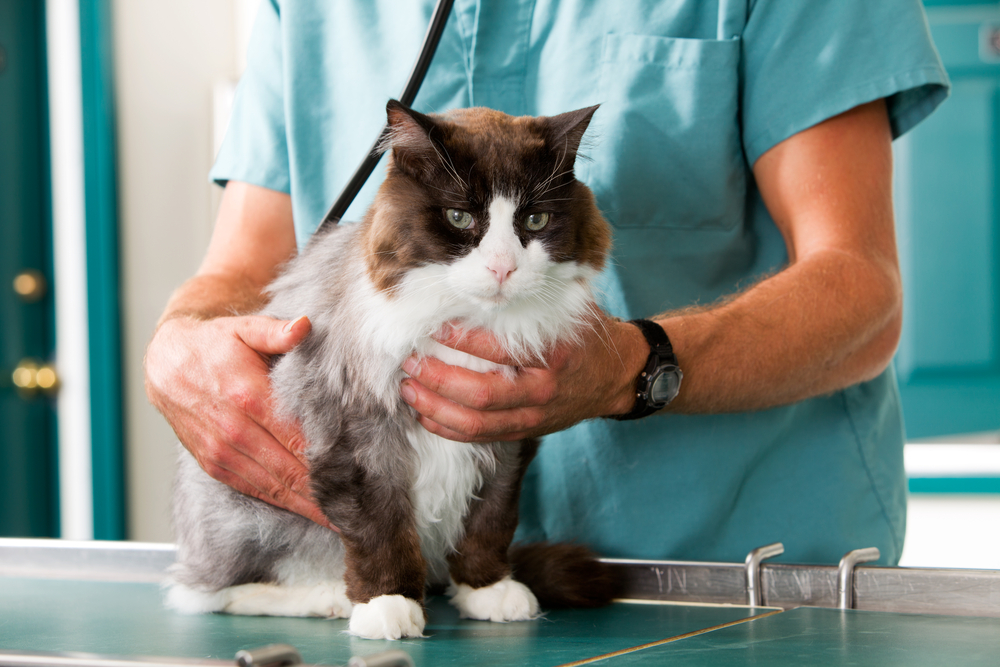 Foreign Objects Stuck in the Throat in Cats
Esophageal Obstruction in Cats
Cats often swallow
Foreign Objects Stuck in the Throat in Cats
Esophageal Obstruction in Cats
Cats often swallow
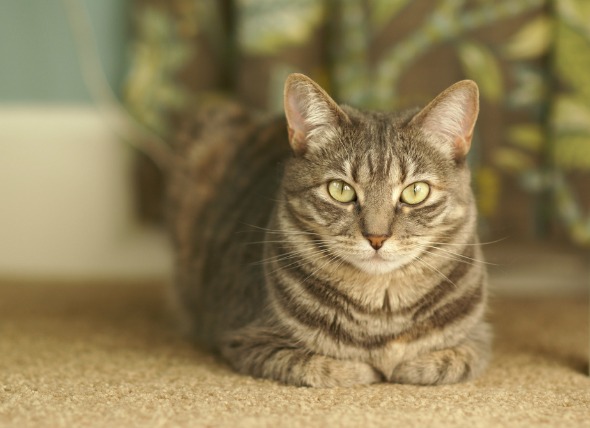 Parasitic Blood Infection (Haemobartonellosis) in Cats
Hemotrophic Mycoplasmosis (Haemobartonellosis) in Cats
&
Parasitic Blood Infection (Haemobartonellosis) in Cats
Hemotrophic Mycoplasmosis (Haemobartonellosis) in Cats
&
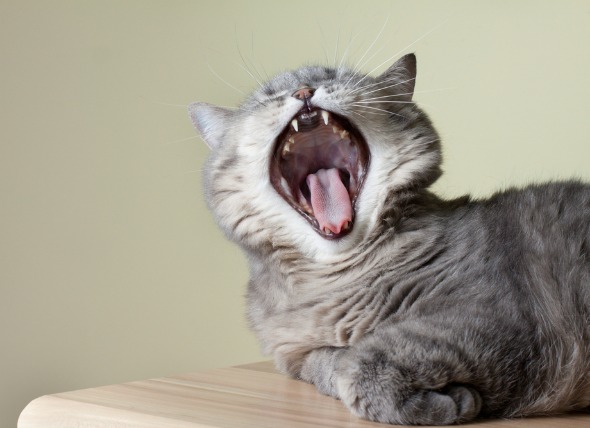 Bad Breath (Chronic) in Cats
Halitosis in Cats
Periodontal disease caused by p
Bad Breath (Chronic) in Cats
Halitosis in Cats
Periodontal disease caused by p
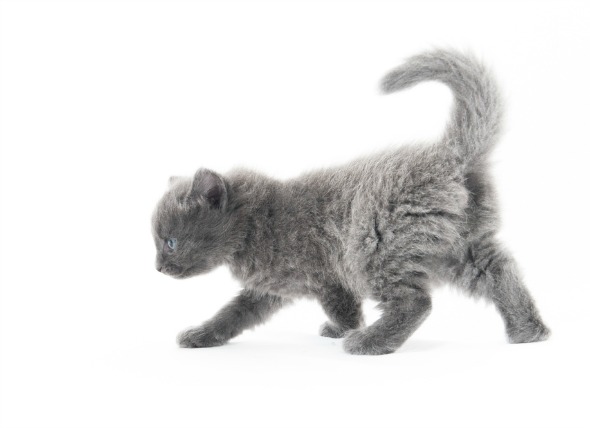 Gas in Cats
Flatulence in Cats
It may be surprising to find t
Gas in Cats
Flatulence in Cats
It may be surprising to find t
Copyright © 2005-2016 Pet Information All Rights Reserved
Contact us: www162date@outlook.com